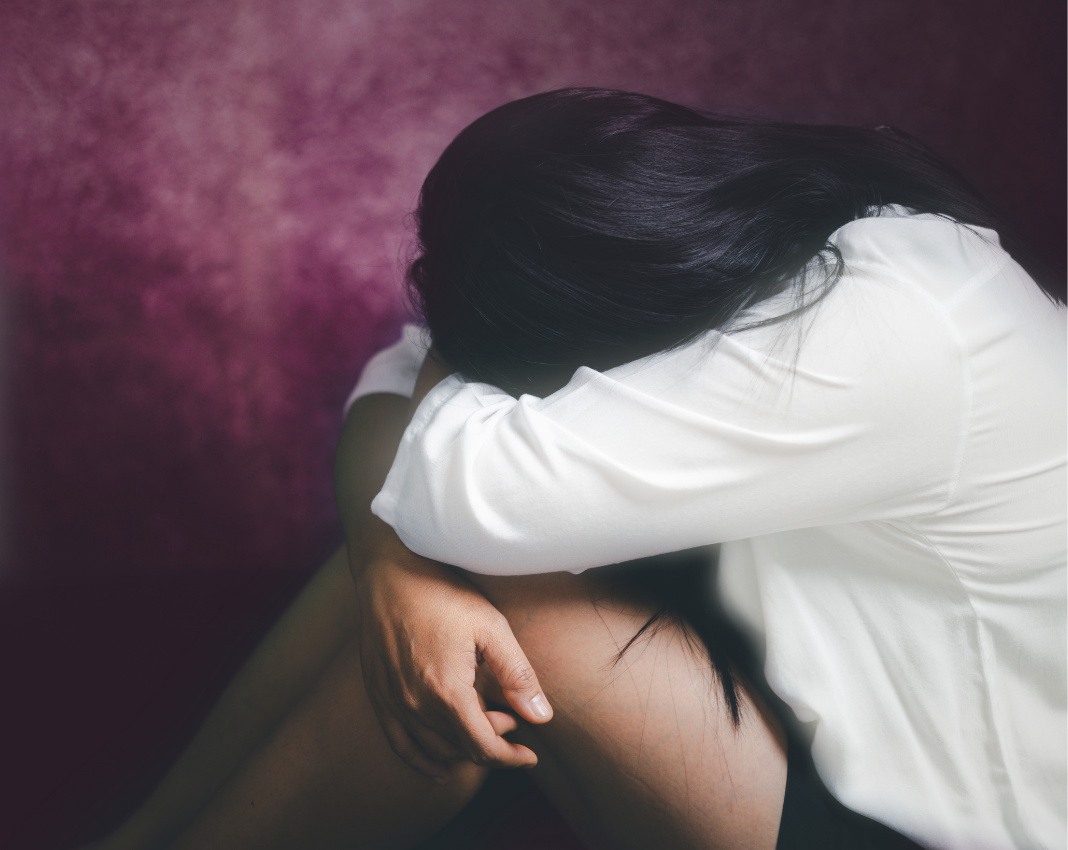Parents trust juvenile facilities to shield their children from harm—but all too often, the opposite happens. As legal advocates, we emphasize two things above all: understanding the hidden signs of abuse, and knowing your options to act.
We can help answer your questions and connect you with an attorney if you may have a case.
Not every bruise tells the full story—especially when it’s on the wrists, thighs, back, or other private areas. A child who dismisses visible wounds as “just a slip” could be masking deeper harm. Data from the Bureau of Justice Statistics shows that in larger facilities (100+ youth), 7.4% reported staff-related sexual misconduct, compared to 3.8% in smaller settings.
Overcrowded dorms—with multiple youth sharing tight spaces—also raise red flags. Youth in these settings report abuse at twice the rate of their peers in single-room units (7.3% vs. 3.1%). When medical attention is delayed or denied, it’s time to ask: why?
When trauma takes hold, it disrupts more than just the body. Children may suddenly withdraw, refuse to speak, or become hypervigilant. According to Mayo Clinic, these emotional shifts aren’t random—they’re telltale signs of abuse or neglect.
What begins as anxiety may spiral—some children internalize the pain, resort to self-harm, or express suicidal thoughts. Developmental experts link childhood trauma to difficulty regulating emotion, and a spike in impulsivity or dangerous behaviors. When behavior changes sharply—and without explanation—it demands attention.
Children in these facilities learn early where danger lies. A flinch at a staffer’s gesture, a story about avoidance of particular corridors—that fear is not defiance, it’s survival. Listen. Notice patterns. These are signals we must take seriously.
When a child demonstrates sexual awareness or behavior beyond their years, this is rarely innocent. The BJS confirms that age-inappropriate sexual behavior is a strong indicator of past abuse. These behaviors must spark action, not excuses.
Unattended infections, untreated dental issues, malnutrition—these are not just uncomfortable; they signify neglect. Mayo Clinic defines failure to provide such basic care as a form of child abuse. In juvenile facilities, refusing or delaying medical treatment after injury raises serious concerns.
Trauma can compel a child toward aggression or withdrawal. Some lash out—others inwardly implode. The Mayo Clinic highlights behavioral disorders like self-harm as potential fallout from trauma. Abrupt emotional outbursts or violent behavior must trigger exploration—not dismissal.
Some dangers stem not from people, but from the system itself:
Federal standards, including the Prison Rape Elimination Act (PREA), identify all these factors as serious risk indicators and require prevention protocols.
In 2018, 7.1% of youth in juvenile facilities self-reported sexual victimization. Despite this, many allegations are left undetermined—within five years, nearly half went uninvestigated, and only 8% of staff-on-youth cases were substantiated. This isn’t just data—it’s evidence that accountability must come from independent oversight and unwavering advocacy.
Staying observant is vital—children may not know how to articulate what they’re experiencing. Here’s how advocates can help:
You’ve carried this long enough. Let us help you carry it from here. Call for a private consultation or submit your information securely online.
